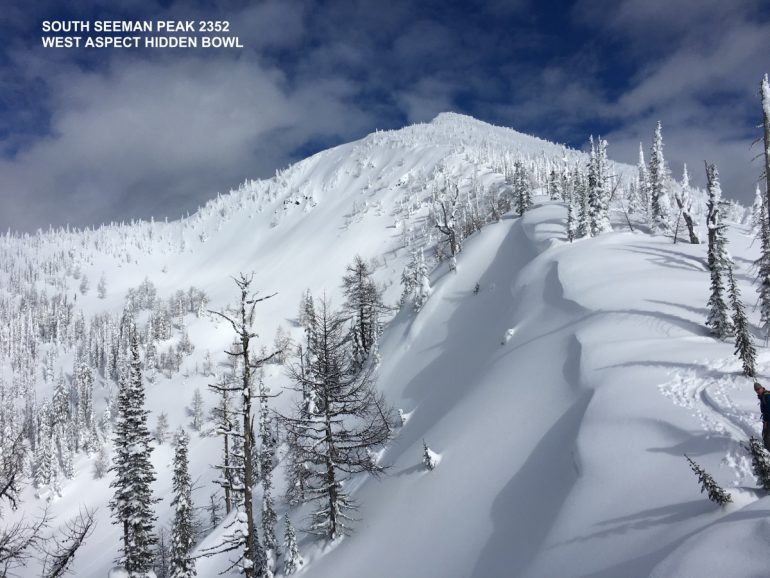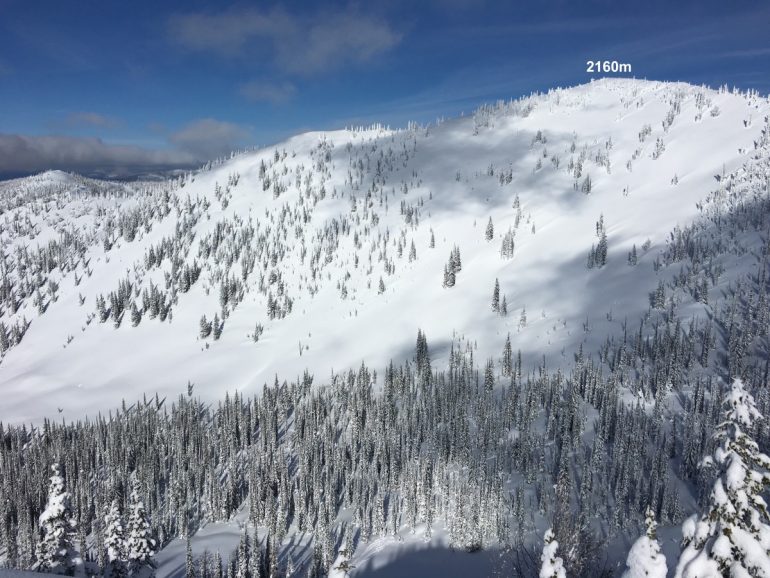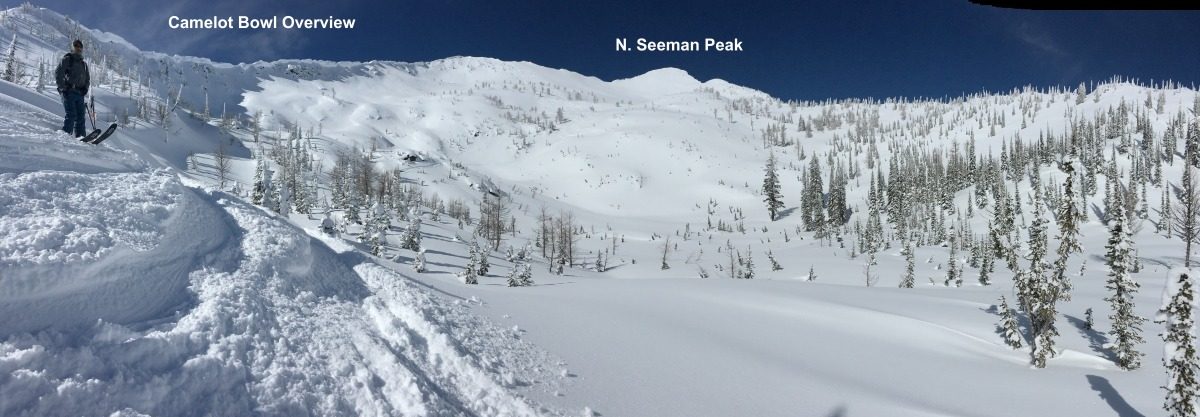Glimpse into upcoming ski version of the Mountain Guide Manual
Some things never go out of style: donuts, classic rock, ugly Christmas sweater parties. Add to that: ski touring preparedness. This website is full of it and with good reason. Better preparation, including planning routes, choosing the right partners, checking the weather and snowpack, bringing necessary items, etc., all contribute to higher likelihoods of safety, fun and success on a ski tour. In his upcoming book (official title forthcoming) Rob Coppolillo and a slew of notable contributors (see below for the full list), offer a dense chapter on preparing for ski tours, including the following excerpt on The Run Atlas. So next time you’re out on a clear-skied ski tour, grab some shots of your surroundings to start building your own atlas. And, stay tuned for more book snippets in the coming months. — The Editors
The Run Atlas
A run atlas can be photos, notes, a spreadsheet listing particular tours, or any combination of these elements. Ideally, you’re putting together different tours suited to different teams, different conditions, and different goals. For example, you get low-low-low avalanche danger mid-season, your best teammates are available and stoked, and the snow conditions are ripe for a steep ski — perhaps in the back of your run atlas you have several tours only appropriate when the stars align. Low danger, a-list crew, good snow? That sounds like aligned stars to me, and now you’re prepped to get some.
Likewise, you’ll have some tours for low-vis days, days on which you’re touring with totally inexperienced partners, days when you’re testing new gear, days with persistent-slab problems. The run atlas not only sets you up with information on approaches, descents, and other relevant beta, it also helps to de-bias your decision-making by defining what tours are appropriate when. You’re less likely to “talk yourself into it” on a high-hazard day if the tour is catalogued under “safe conditions only,” etc.

Five minutes in the evening labeling images can be of great help when amassing a run atlas for your local zone or a zone you plan to frequent. Take advantage of those days when it’s bluebird and you have great perspective from various ridges and summits.
So how do we compile a run atlas? For the past several seasons I’ve had the good luck to run an AIARE 2 avalanche course at a backcountry lodge south of Nelson, BC, with one of my mentors, Colin Zacharias. During each of those courses, we and the students shot photos daily, then spent time each evening annotating the images with as little as a name, and as much as arrows indicating entrances to runs, sketchy spots, etc. After several seasons doing this, we’ve amassed high-quality, detailed photos showing much of the tenure. Not only does it help us on subsequent courses, but if we’re working with a new guide, we can simply hand over a digital file and give her a ton of info with which to prep. High traffic venues like Rogers Pass have their own run atlas they’ll share (even digitally), while an established backcountry hut like Sorcerer Lodge has an enormous three-ring binder of images compiled over decades. Guides there use the images during morning meetings and snap photos on their phones before heading into the field.

You can annotate photos in a few minutes, showing entrances or start zones or notable terrain features/hazards.
In short, a run atlas just gives you more information for planning (and even terrain management in the field). Sort images into folders, or dump them into notes in a note-taking app, like Evernote, on your computer. Add images of your trip planning pages from your notebook, random notes from your tours, etc. And because you’re tracking the season’s conditions, you’ll have a great idea which tours should be on the table for any given day.
In the spring of 2017, Rob Coppolillo and Marc Chauvin co-authored The Mountain Guide Manual, a book geared towards advanced recreationists and mountain guides. The MGM featured techniques and strategies developed over decades by mountain guides worldwide, in the hopes all could benefit from the faster, safer, and more streamlined techniques. Based on the rock and alpine disciplines, the MGM is now recommended by the American Mountain Guides Association for its guide-candidates and has also been distributed in Europe. After the success of the MGM, Coppolillo sold a ski version of the book, to be published in fall of 2020, also by Falcon Guides. Contributors to the book include Colin Zacharias, Dr. Karl Birkeland, Sheldon Kerr, John Buffery, Tom Murphy, Steve Conger, and Alex Do, to name a few.
Rob Coppolillo is a mountain guide and writer, based on Vashon Island, in Puget Sound. He’s the author of The Ski Guide Manual.

